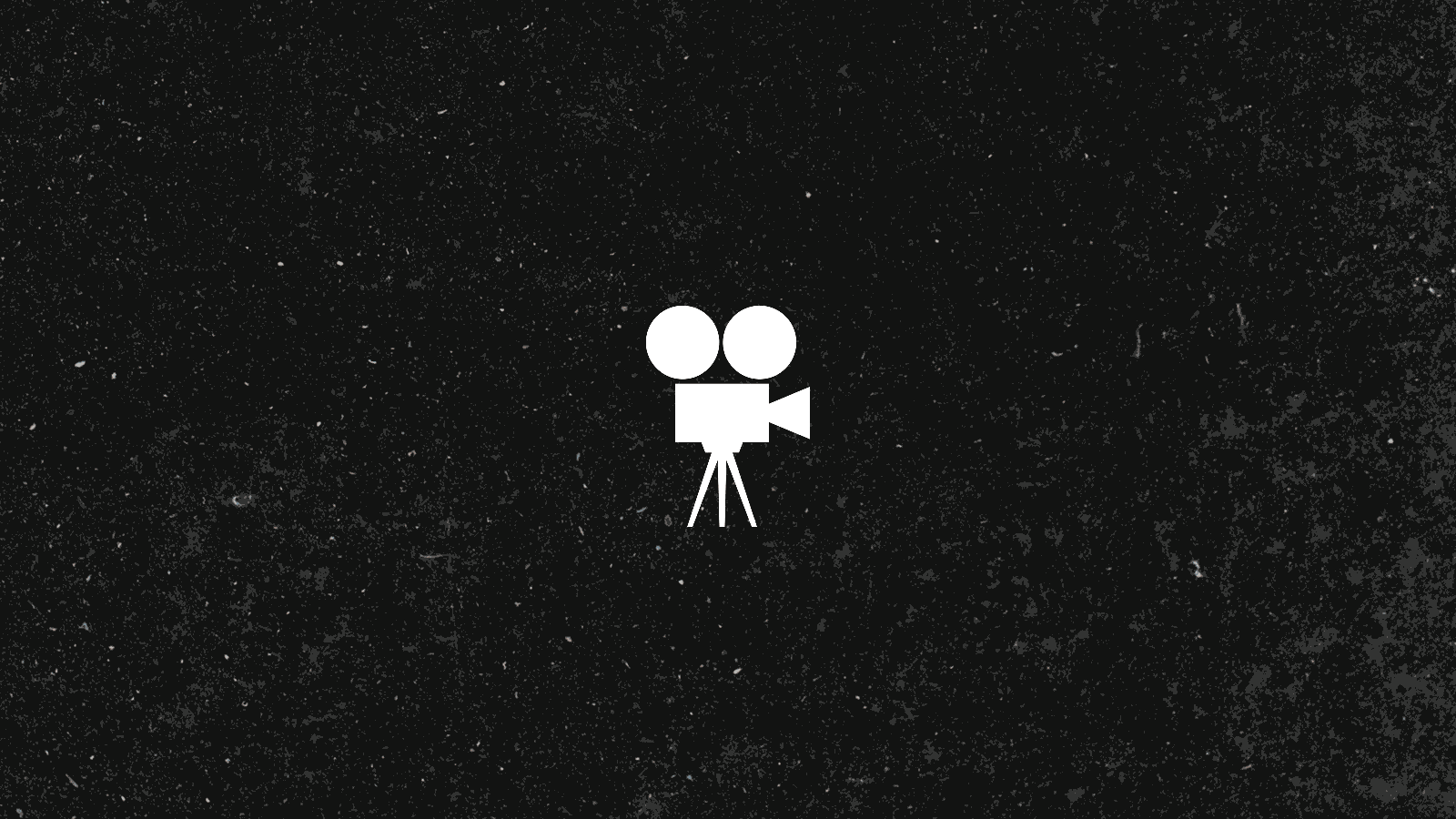The Rebirth of “the Oner”: How Single-Take Shots Invaded Franchise Movies
Once reserved for auteurs like Martin Scorsese and awards season darlings, seamless one-shot sequences are starting to appear in movies like ‘Black Panther’ and ‘The Last Jedi.’ Here’s how the Oner came back.T’Challa, Nakia, and Okoye are casing two floors of a casino. A sting operation, arranged to snag weapons dealer Ulysses Klaue, has just gone south. Urgent whispers are exchanged, covers blown, guns fired, tables flipped. Something remarkable happens in the ensuing brawl: Nakia (played by Lupita Nyong’o) shoots two guards in the balcony and the camera sails upward an entire floor and lands on cat feet as it follows the bullets. It pivots calmly to Okoye and watches her spear four henchmen before leaping down to assist her comrades. Still unblinking, the camera follows her.
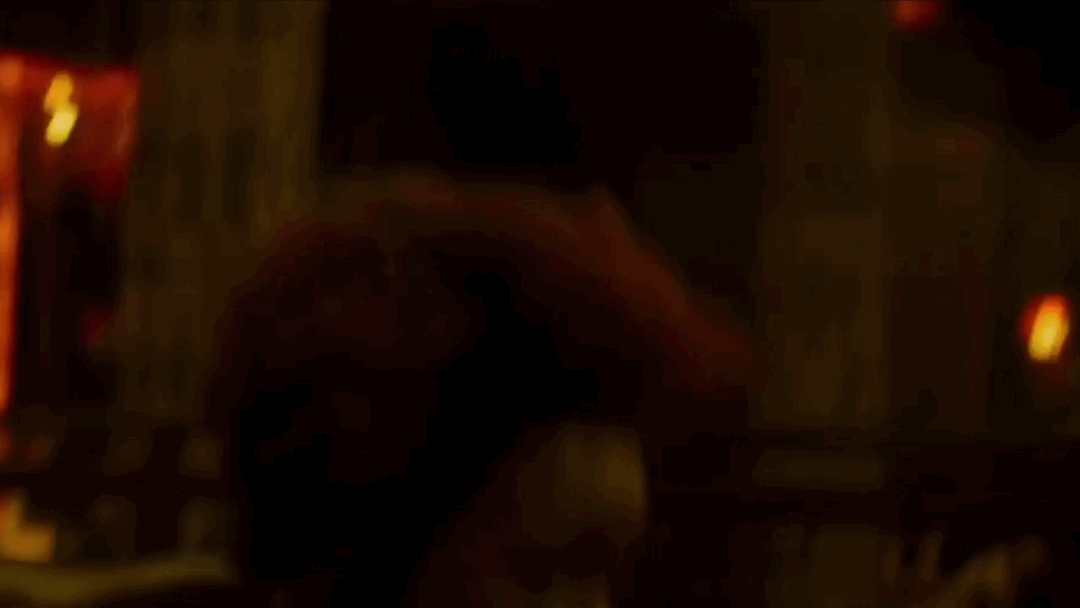
Watching this Black Panther scene in the theater this year, I felt a prickle of disbelief. As the scene went on — T’Challa takes a flying leap to the second floor, scaling the bannister to chase a retreating Klaue, the camera sprouting wings and following along — the disbelief mounted. Was this all one shot? By the time the cut finally happened, after Klaue blasts T’Challa off the ledge onto a billiards table, peering over the ledge and giggling, I caught myself holding my breath, and I could feel the audience holding theirs with me. We had watched our share of fight scenes, but this one felt different. Everyone was spooked into attention, even if they didn’t all know precisely why.
These sorts of shots used to be the province of Serious Films: Pick any movie angling for awards in recent years and you will find at least one highly designed and evolving continuous take. This year’s Best Picture winner, The Shape of Water, introduced itself to us with one long, aquamarine push through the hallways and rooms of Elisa’s drowned apartment, peeking around corners and passing beneath floating chairs and tables. In Three Billboards Outside Ebbing, Missouri, when the racist cop Dixon (played by Sam Rockwell) marches across the street, baton in hand, to do unspeakable violence to Welby, pistol-whipping and tossing him from a window, the camera follows Rockwell solemnly up the tight staircase, subliminally assuring us of the gravity of the moment. What better way to telegraph your ambitions than to stage a complicated shot that takes dozens of tries to perfect? What is more loving, after all, than a long, unbroken gaze?
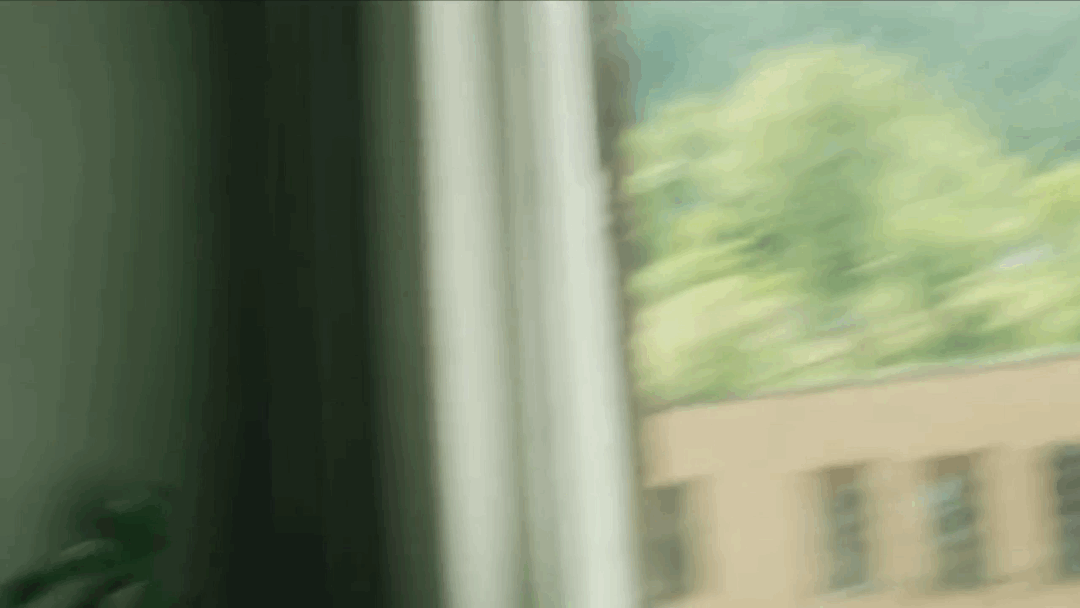
Film buffs trade classic long takes like mint-condition rookie cards: Orson Welles’s opening crane shot in Touch of Evil, Martin Scorsese and cinematographer Michael Ballhaus’s glide through the Copacabana in Goodfellas, Travis Bickle’s lonely phone call in Taxi Driver, the Steadicam following Danny through the Overlook Hotel in The Shining. These shots are celebrated as much for their onscreen effect as for the sense of the offscreen limitations being transcended: They remind us that film was once unruly and unstable, degrading in canisters and bedeviling its caretakers.
Lately, though, continuous shots are making their way back into the world of billion-dollar grosses and green screens, the lonely arena of the MCU and the Star Wars behemoths. It used to be that ambitious directors could repurpose pulpy crime or horror novels for their visions, but as the movie business withers and contracts, all roads for Big Statements lead back to Marvel or the Galactic Empire. Some filmmakers have taken their old Hollywood tricks directly to premium cable: The first season of True Detective peaked with this astonishing six-minute unbroken sequence. But the sweeping shots have also infiltrated the Avengers movies, Black Panther, and even The Last Jedi, which featured some of the most dynamic camera movement in Star Wars history.
As cameras share equal time with computers or disappear from sets altogether, big franchise action movies increasingly rely on fluid camerawork to smuggle some of the visceral reality that has been slowly vacuumed out of moviegoing. Often, these “long takes” are more a metaphysical idea than an old-fashioned single shot, but they share one thing with their predecessors: They begin as a mad gleam in a director’s eye. Michael P. Shawver, who edited Ryan Coogler’s Black Panther as well as his 2015 Rocky reboot, Creed, says that Coogler “wanted to do that entire sequence, from the moment Lupita’s character fires a shot up into the rafters — as one continuous shot.” Coogler, in particular, seems to have a fondness for these “oners”; Creed contains a number of fantastic single takes, including the gripping, claustrophobic first fight sequence. “But with all the stuff going on — action happening on two floors, wires, multiple fights, guns firing — it just wasn’t possible.”
So they constructed a “single take” of at least seven or eight distinct shots with the seams erased. (If you’ve seen Alfonso Cuarón’s Children of Men, you’ve seen this technique, the same one Alejandro González Iñárritu tripled down on for 2014’s Birdman). It’s a complicated process that blurs the roles of director, director of photography, editor, and even fight coordinator. Shawver, for one, found himself somewhere he almost never is the day of Black Panther’s “oner”: on set.
“Usually I’m alone in my editing room cutting away, but for something that complex, I was there that day watching,” Shawver says. “My work on that scene began in preproduction, about a month before we started shooting. I went to the stunt and camera rehearsals to observe where each segment of these shots were planned out so we could hide cuts in specific places. When I got a take that I thought was good, Ryan would come and take a look, and then we would make sure that it would stitch with the next shot.”
This process is risky and “burns money and energy like crazy,” Shawver says. “Everything slows down.” After all, the sets are up only that day, so if he gets to the editing room and something doesn’t work — a patched take looks unnatural, or the flow of the sequence is off — they will have to scramble for reshoots. It could knock days off the schedule and set the production back weeks.
In general, whenever something big and dark passes the screen, a film editor can scurry in to erase the cut. The blur created by a whip pan is another handy tool: “You can hide anything in a blur,” Shawver says. The first invisible stitch in the casino fight occurs when Nakia fires her gun into the rafters. “The operator shot that low-angle moment with Lupita, then we sent the camera up to the balcony on a cable rig,” Shawver says. “As soon as it got up there, another operator grabbed it to film another action beat with Okoye. At that point, she crosses a pillar, which blacks out part of the screen and gives us another opportunity to hide a cut.”
After that, a stunt performer took the actress Danai Gurira’s place. The stunt woman jumped off the balcony, stabbed a henchman with a spear, and did a somersault across the frame. Another stitch. Then Gurira finished the somersault and the takes were patched together. The camera pans across the room, T’Challa punches a henchman toward the camera — another blot and another opportunity to keep the increasingly taut illusion of a single take alive.
This cut, Shawver says, was the hardest one to conceal, because it relied on observing the same actor in the same frame, in the same line of movement. “As an actor, you’re working entirely in the moment,” he says. “Each take is a little different than the last. So Chadwick would come over to the computer in between takes and we would watch them together,” looking for fidelity and the illusion, again, of seamlessness.
“He was in character the entire time,” Shawver adds. “So even when he’s talking to me over my shoulder, he’s T’Challa. Which was extremely nerve-racking for somebody who usually sits in front of a computer all day. I didn’t know if I was supposed to call him Chad or King.”
As moviegoers, we understand on an instinctual level that when the camera cuts, T’Challa is probably over in a corner, sipping coffee and frowning at a playback. Each cut functions like a little war of attrition on our suspension of disbelief. But we’re conditioned for them nonetheless, and we are unsettled when they disappear. “In arranging the sequence of shots, the editor is in effect ‘blinking’ for the audience,” said Walter Murch, the famous editor of Francis Ford Coppola films including Apocalypse Now and The Conversation. A scene (or a movie) with no cuts, then, is a staring contest with the viewer.
Reality is always a shell game at the movies, but it’s getting harder and harder to simulate. A single, continuous shot feels very much like the reality we endure from beneath our eyelids. To feel, on a subconscious level, that the camera isn’t going to transport us anywhere new is to understand that the actors we see on screen, and the characters they inhabit, are in physical danger. And because the camera is also our eye, we are too.
“When you have a cut, you have an assumption,” says Steve Yedlin, the cinematographer on Rian Johnson’s The Last Jedi, an unusually sensual-looking Star Wars film full of fluid, fleet shots. The throne room sequence, in particular, in which Rey (Daisy Ridley) and Kylo Ren (Adam Driver) take on a room full of Praetorian Guards, might be the most gorgeous lightsaber fight ever filmed. In the original trilogy, the camera would cut at nearly every lightsaber hit, generating heat but little sense. Johnson and Yedlin hold the camera longer and stand back farther, thus allowing the battles to unfold according to their own logic. We savor the feeling of bodies moving in space, and not coincidentally, Rey and Kylo look — well, significantly more badass.
Driver and Ridley “did an enormous amount of planning and prep work with a few different fight coordinators before we shot, many of them with different specialties,” Yedlin says. “They had the fight down to the last move, so it was an absolute perfect dance. The doubles knew it, everyone knew it.” Johnson simply paced the room with a viewfinder until he found the angle he wanted; if there are any erased stitches in the scene, Yedlin says, he doesn’t know of them.
This approach is in some ways a direct reaction to what Yedlin calls “that sort of ‘hose it down with a bunch of long-lensed, shaky cameras and make the scene in editing’ approach.” The movies in the Bourne series are arguably the most significant example, where the first person getting knocked senseless in a fist fight often seems to be the camera operator.
“I’ve seen some of these more confusing fight scenes where there’s lots of long-lensed shakiness and it can feel exciting,” Yedlin says. “But if you go back, you realize you don’t really know what happened. It can feel like someone fell over the bannister because the camera shook, you know?”
Viewed this way, the new crop of long shots in action movies reflects a yearning for vanished physical stakes, for a sense of mortal danger in our movies. Sometimes, a movie will reach back even further into the rickety, analog past for this sensation. Another memorable moving shot from Jedi comes during the Canto Bight casino sequence, when the camera swoops through a crowd of fancy monocles and fantastic creatures to land at Finn (John Boyega) appearing eagerly at the head of a craps table. Eagle-eyed film nerds spotted a similarity between this dolly shot and a famous one from the 1927 silent film Wings, the first Best Picture winner. Wings, famously, also strapped the actors into actual planes with the cameras loaded onto the fuselages. Watching the dogfight scenes with this in mind can make you feel sick, even in 2018, when actors regularly visit the stratosphere.
“I think if someone had asked Rian, ‘Is this like that shot from Wings?’ he would have said yes, but that’s not why he did it, I would guess,” Yedlin says. “‘Pushing inexorably through something’ is its own type of shot.”
The Canto Bight moment is the opposite of the Black Panther sequence: a shot so impossible-looking it seems digital, but was actually done with two dollys pushing through the crowd and past the tables. Again, the approach was old school. “That specific shot — whatever’s digital in there, I wouldn’t know what it is,” Yedlin says. “Maybe they had to add a little bit of roof in the corner, or something. Let me put it this way: There is a shot that came straight out of the camera that looks almost exactly like that shot.”
Even when long shots occur entirely in digital space, the movement of a camera has to be added back in. In Black Panther’s Wakanda battlefield, the camera pans across the battlefield from a low angle as a Dragon Flyer fires at T’Challa, churning up hunks of earth. Except there is no camera; the entire scene is digital. The “pan” that you watch is the digital ghost of a real rig, the trapped movement of a real camera. Rachel Morrison, the director of photography, ran through the bare-bones choreography of the scene on a nearly empty set, Shawver explains, so they could get the camera movements right, and then imported those movements into the computer.
I’ve seen some of these more confusing fight scenes where there’s lots of long-lensed shakiness and it can feel exciting. But if you go back, you realize you don’t really know what happened. It can feel like someone fell over the bannister because the camera shook, you know?Cinematographer Steve Yedlin
“The camera always does a lot more than we realize,” Shawver says. “If the camera is locked on someone and is too perfectly and exactly with his movement, it won’t feel real. But if the character makes a sudden movement and the camera takes a beat to readjust to follow that person, that feels more real, even though it’s not perfect. So it’s OK, and maybe even necessary, for the camera to have some shake, some lag.” What was once a simple byproduct of human error is now being baked painstakingly into the film.
Such things tap into what Shawver calls “the unspoken, unconscious knowledge an audience has when they watch a movie,” and you can begin to appreciate their effect when you notice their absence. The opening sequence of 2015’s Avengers: Age of Ultron featured a Panopticon-like shot reintroducing the audience to core members of the team one at a time. But the camera followed each member too closely, too tightly. There was no sense of a human operator, real or simulated, so we didn’t feel the least bit implicated by the chaos, and the shot was no more immersive than watching someone else play God of War, which adheres to a similar “No cut scenes” approach. The Ultron shot dings harmlessly off your subconscious — few even noticed the long take.
The opening shot of 2015’s Spectre, meanwhile, tracked James Bond as he wanders with a woman through Mexico City during the Day of the Dead, up the stairs into a hotel, onto an elevator, into a hotel room, and then out onto the rooftops, stepping lightly from building to building, stooping only to load a sniper rifle. Technically speaking, it is a masterwork, a series of masked cuts similar to Black Panther’s, featuring a riotous crowd. But it serves no larger function, either narrative or dramatic — the shot ends just when the gunshots start. The only takeaway from the scene is that director Sam Mendes loves Touch of Evil.
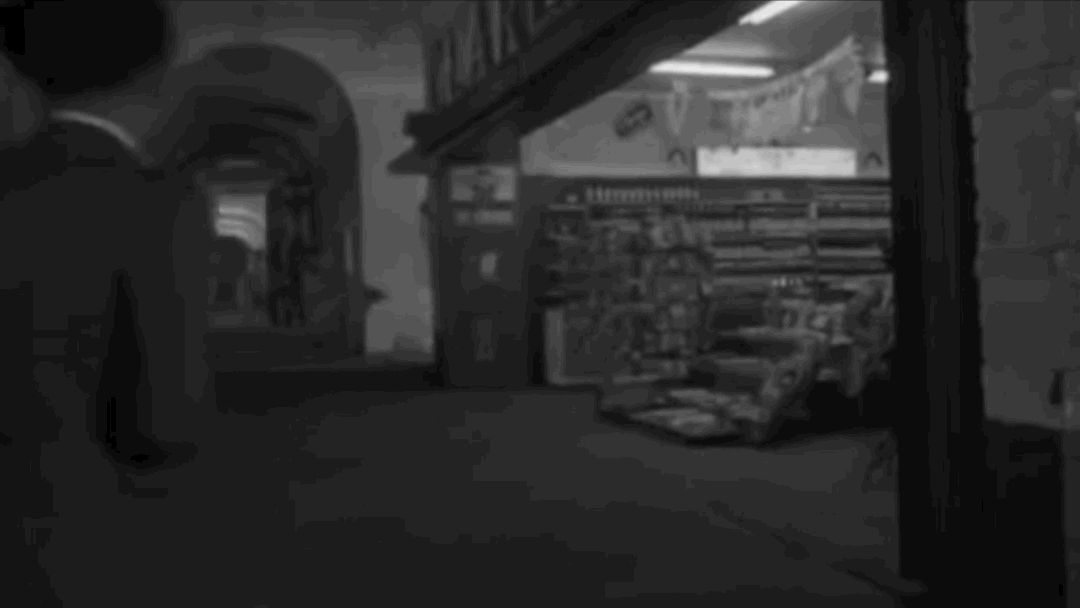
The long shots that imprint themselves tell us something deeper about our bodies — their fragility against a wild and changeable environment, the way we huddle together or scramble apart in response to threats. The astonishingly taut 2015 film Victoria, directed by Sebastian Schipper, illustrates this painfully while operating as a sharp rebuke to the airless feel of some of the big-budget franchise “oners.” Unlike Birdman, which hid cuts everywhere to achieve its seamless feel, Victoria is actually one shot — the entire film, from its opening in a techno club to its devastating conclusion two hours and 20 minutes later, with violence tippling into the wisps of the morning Berlin sun.
The film follows the title character (played by Laia Costa), alone and looking for excitement, as she falls in easily with a pack of restive, unpredictable young men who turn out to be violent criminals. The operator follows her everywhere, pressing up close to her face, her bangs, observing her eyes sharply as they turn from worried to amused to wary. The movements are so clearly the work of human hands that we even see one briefly, as the operator struggles up a flight of stairs behind Costa. It has the anxious charge of a friend, making sure her companion makes it home safe at night.
As the movie descends into chaos — nothing reshot, nothing stitched, not a moment for any of the actors to step outside of the hellish story line they are enacting — I felt so physically trapped inside the story that I had to hit pause on my laptop, which I was using to watch it, to take a breath. It is a reminder of just how little technology it takes to induce primal sensations, and just how thrilling one lens can be.
Realism in movies belongs to the body rather than the eyes. Forget the untold hours the visual effects team spent perfecting the surface textures of a virtual city before flattening it: Does that building feel like it is lifting into the air, steel girders and all? If not, we will shrug and yawn as the bridges collapse and the invaders swarm.
When the movies regularly show us the impossible, the most precious quantity might be a sense of the possible, the primal. Yedlin, who is reluctant to generalize about long takes, says that “one of the main things not cutting does is make absolutely sure you know how things are related to each other. When you cut, your mind tells you that you are now looking at what that character is looking at, but you haven’t actually seen the connection. If we hear a door noise and someone looks up and then you cut to a door, it’s very clear. But if you have confusing stuff going on, like in a fight scene, where lots is happening all at once and you’re not sure what’s causing what, then by having it continuous there’s no question.”
I ask Yedlin about his favorite long take in movie history, and his answer is as far from the Avengers and the Jedi as I could imagine: “I think some of the most impressive long-duration shots are actually the stuff that Carlo Di Palma shot for Woody Allen,” he says. “Manhattan Murder Mystery, Bullets Over Broadway. For the most part, every scene is one shot: It could be a five-minute scene. But I think it’s so great because you really don’t even notice. There are some of their movies where I had actually seen them several times and then I was like: ‘Wait a minute. Is every scene in that movie just one shot?’ They are so great for telling the story, and it doesn’t feel boring because it’s constantly evolving. There’s so much choreography between the cameras and the actors. It’s not virtuoso but it’s not dull.”
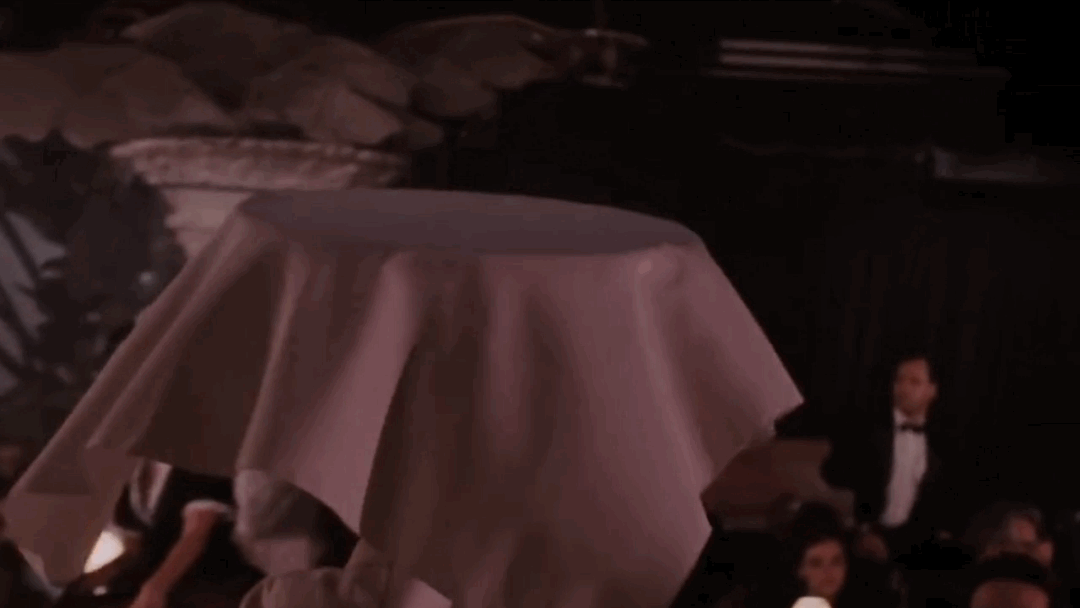
Shawver cites the classic Goodfellas Steadicam shot. “That was the first time I remember watching a movie and noticing how the camera told the story for us,” he says. “The shot is from Karen’s perspective, not Henry’s, because he’s been through this so many times before. We observe through her eyes the levels of society these people inhabit. First there’s the crowd on the street, the people who have to wait in line, the people who may not get in to this club, that they walk through; then they go down through the kitchen, and you’re wondering, ‘Why are they doing this?’ That intrigue is part of Karen’s experience: ‘Wait, where are we going now?’ And then it’s revealed at the end, when you get to that front table with the tablecloth.”
This is the ethos that Shawver took with him to the Black Panther set. “For that casino scene specifically, the point was to show this group of people — this king, his general and his girlfriend the spy, Ross the agent — working together. A big theme of the movie was that he’s the king of Wakanda, and he has to represent his people, but he leans on his people to help him — intellectually, politically, in moments of action. This scene is the first time we see them all coming together, fighting as a unit. When Nakia raises the gun and shoots to begin the sequence, she’s helping Okoye, who can’t fight off all the people on her own. When Okoye leaps down a level, we switch perspectives to her, and she leaps off the balcony to help them downstairs. It’s really to show there’s this multiheaded organism that is all working together. With every long shot, there has to be a reason.”
Jayson Greene is contributing editor at Pitchfork and the author of the upcoming Once More We Saw Stars.
